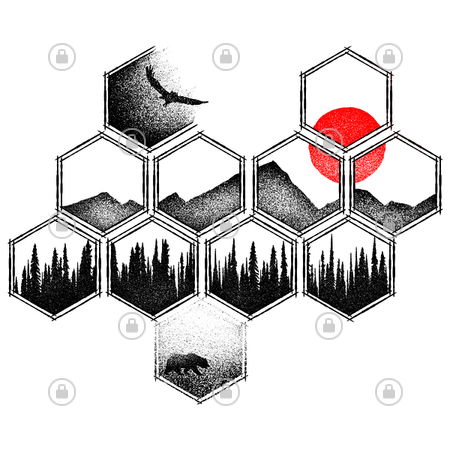
Rigid circles of equal diameter can cover, at most, 90% of the area on a plane. So, what happens when one packs bubbles together on a surface? A sphere is a three-dimensional shape, but the cross-section is a circle. Bubbles are round because a sphere is the most efficient shape to enclose the maximum volume with the least surface area. Inside thin soap films, the attraction between soap molecules shrinks the bubble until the pull of surface tension is balanced by the air pressure pushing out. In zero gravity, this attraction pulls water into round shapes. This pushes liquids to adopt shapes with the least surface. Liquid molecules reach maximum stability when the attraction is balanced. A bubble is just some volume of gas surrounded by liquid, but it has a clear shape. Soap bubbles provide a simple, but excellent, illustration of how this underlying hexagonal property is revealed.

Could this just be a mathematical coincidence, or is there something more to this widespread hexagonal geometry? Whether in beehives, rock formations, or insect eyes, the number six, specifically hexagonal geometry, stands front and center.

But the number six appears to overshadow nature’s mathematical landscape. In nature, noncoincidental patterns and geometry exist everywhere.


 0 kommentar(er)
0 kommentar(er)
